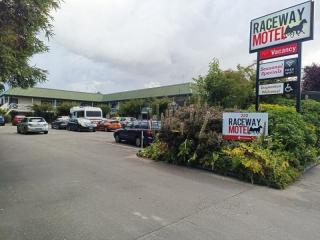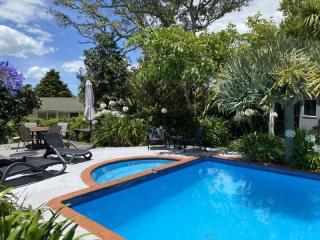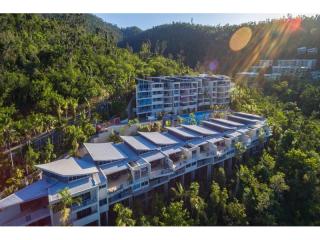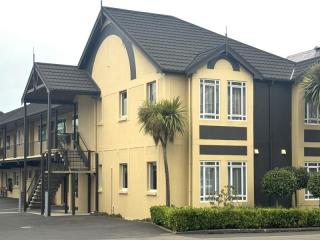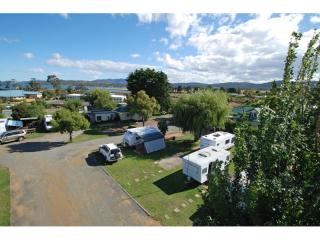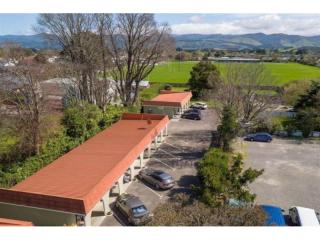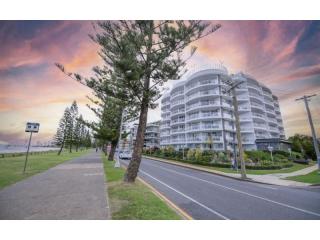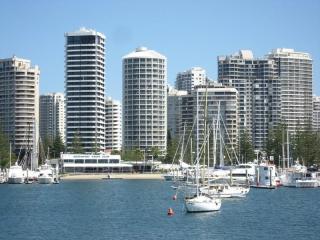When it comes to investing in a business, there are many factors to consider. High returns, lifestyle benefits, and growth potential often dominate the conversation. However, there's one compelling reason to invest in motels that often flies under the radar: simplicity. Unlike many other businesses, motels are straightforward to understand, making the decision-making process far less daunting. In this article, I will focus on that unique advantage—how motels, as a business model, offer transparency and clarity from the outset.
At their core, motels are not difficult businesses to understand. Success hinges on one simple principle: occupancy, or, as it’s often phrased more colourfully, “backsides in beds.” The more occupied rooms, the more successful the motel. To that end, they are largely an open book; one doesn’t need a deep dive analysis to determine their accuracy or legitimacy. This means that practical and important information to determine the general status of the business is easily accessible in the initial stages of consideration.
For potential investors, this accessibility is invaluable. Of course, every investor will complete due diligence to their satisfaction, but the point here with motels, is that getting to the heart of the matter is very easy when confirming that what is being presented is truly accurate. This goes beyond just the numbers, it extends to the sources of that data and the physical assets themselves.
The entire process of buying a motel business starts with the initial information that has been presented, such as an information memorandum (IM). Following this, you might review the financial statements of the business. At this step, there are some quick items to look at to gauge the legitimacy of the financial data being presented. It can be a simple comparison of numbers between expenses presented, income produced, and industry standards. Some entries of interest include laundry/linen, electricity, wages, and cost of goods sold. These items immediately provide a lot of comparable information without having to dig too deep for answers. Additionally, a simple calculation of the presented income or revenue against the property’s characteristics (size, quality, location) will indicate whether the figures are realistic for a motel given its size, quality, location, and so on. Reconciling that with some of the variable costs mentioned will provide clarity. Ultimately, usage determines these variable costs and provides answers. If units are being occupied, they must use linen and electricity, and cleaning is required.
Next is a physical inspection of the property. While a detailed building inspection by a qualified professional is ideal, even a preliminary visit can offer valuable insights. Common sense items should stand out upon inspection. Let me qualify this by saying I am not a builder, but I have some quick ‘tells’ regarding the integrity of the structure, from cracks in the block or brickwork, the state of the roof, joints or windows that are not square, wood rot to beams, and signs of water damage. For example, block and brick cracks are common and can be easily determined as either superficial or requiring further investigation.
Beyond the structural side of things, maintenance issues and repair items also tell a story. Walls that have been poorly painted and cut incorrectly should raise an eyebrow, suggesting a lack of attention to detail. Clearly, a professional painter would not have completed such a job? Repairs that have been carried out in a less than professional manner should set off an alarm to dig deeper. Cleanliness is another quick and telling indicator of how a property has been looked after and whether or not you may find other issues. External back or side areas of any motel can reveal a lot about how the property is maintained. If the spaces behind the buildings where the public generally do not go are an overgrown forest or dumping ground, it is a huge red flag. If these areas are clean and tidy, and the public can access them without issue, it is highly likely the entire property will be well looked after.
Finally, completing the due diligence process under contractual arrangements allows the seller to provide access to any additional information required to confirm all the data and bottom-line profit that has been presented. This may or may not require a deeper dive depending on how the initial investigations went.
No one involved in the sale and purchase process wants a contract to collapse, especially because of the due diligence process. The result is wasted time and cost to both buyer and seller, not to mention the loss of credibility of both parties, notwithstanding who was at fault. Therefore, being able to minimise the risk of a contract being terminated well into the contractual process by making relatively accurate determinations early on is very valuable.
Related Content
Subscribe to Resort News QTHB Business Listings Latest Industry News


